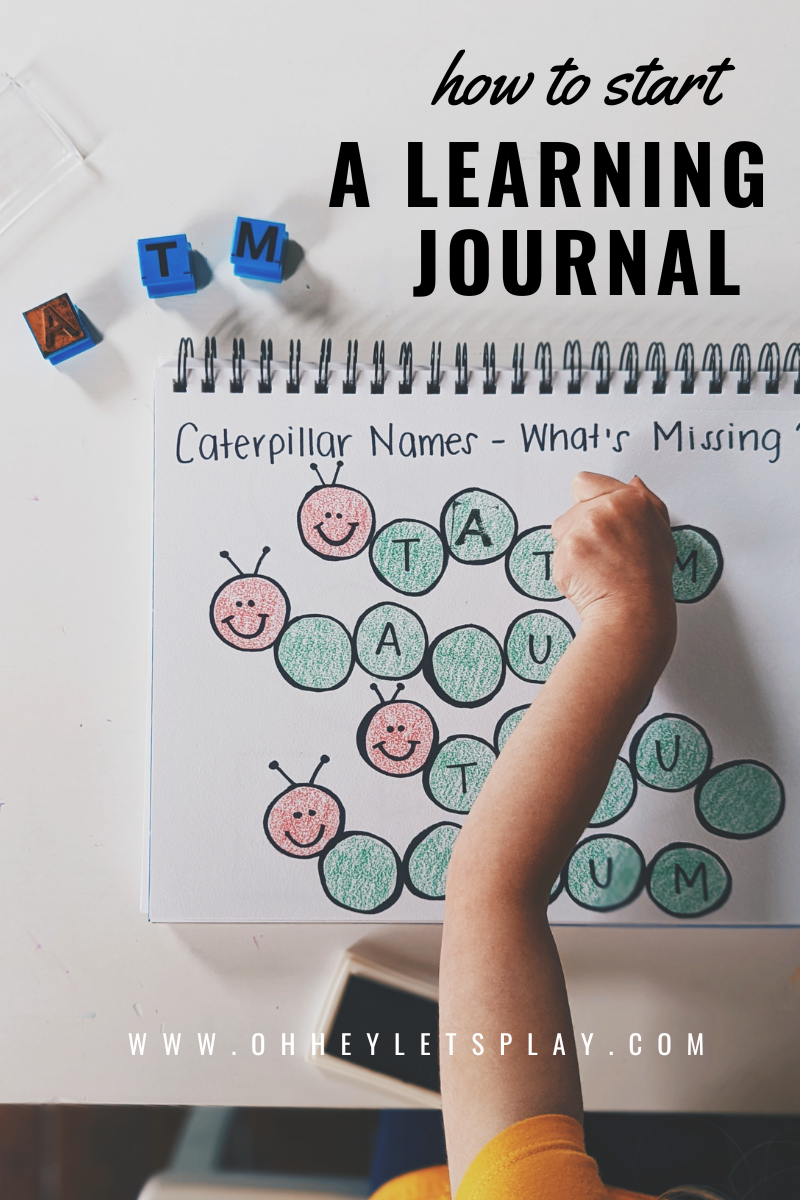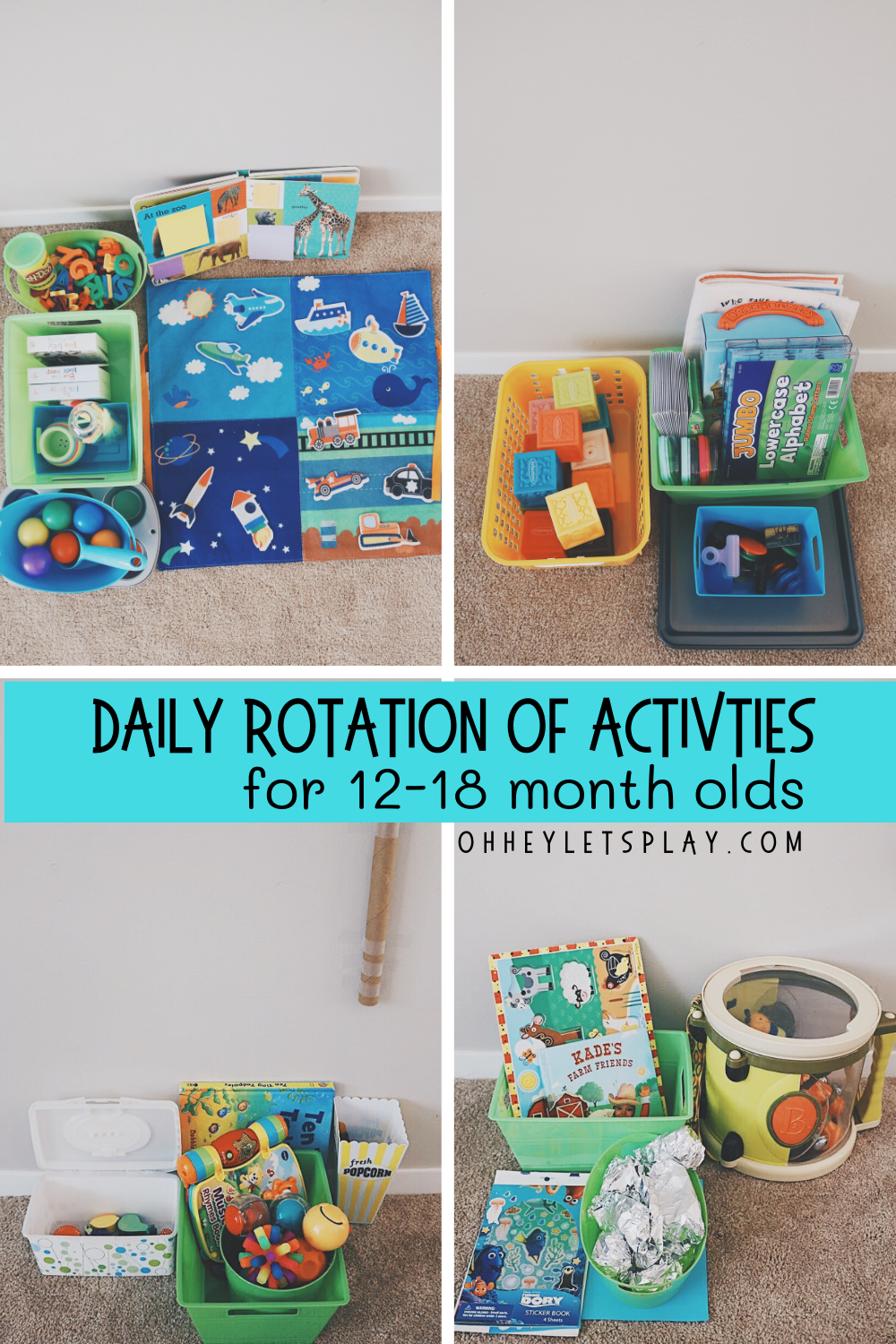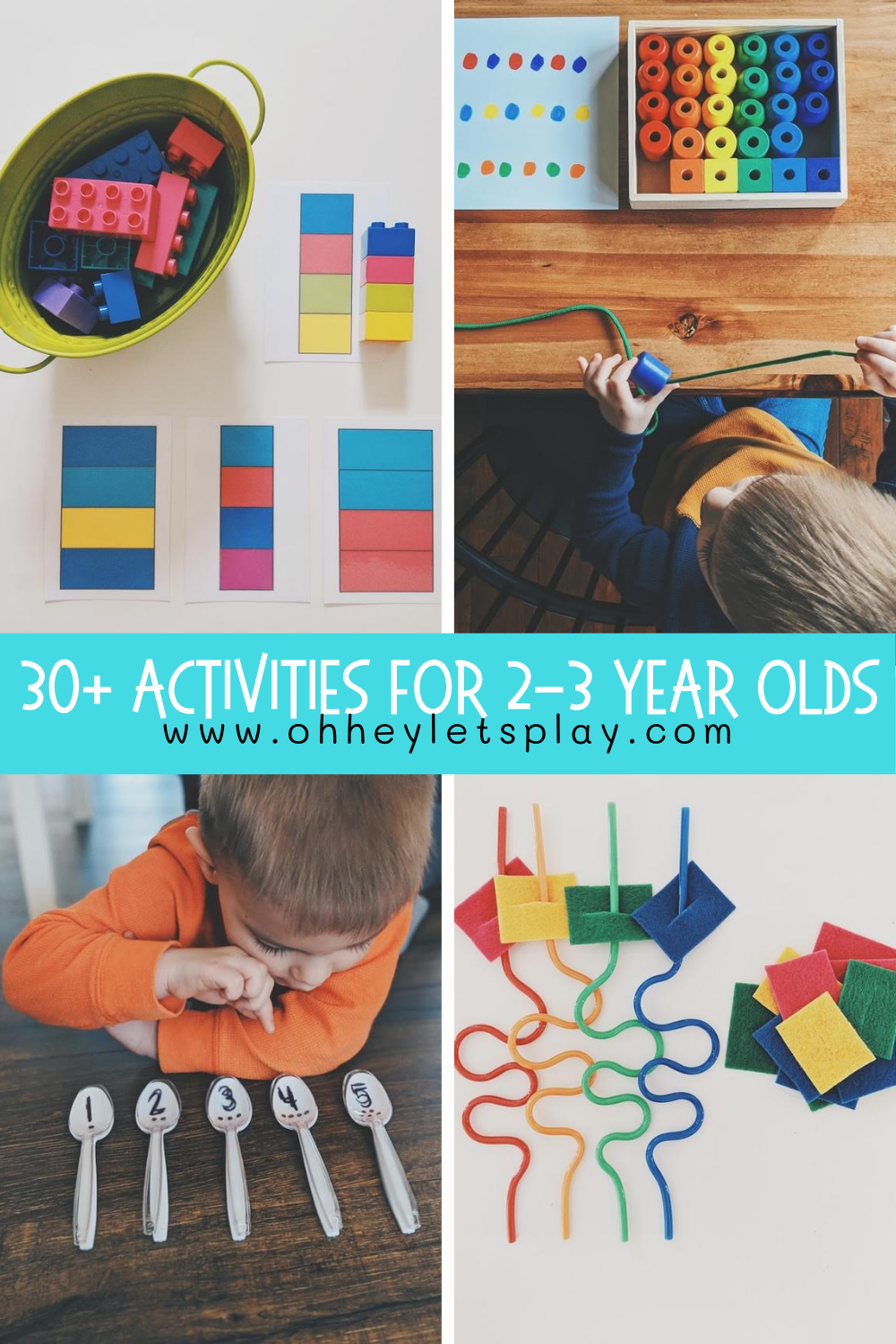20 Busy Box Activity Ideas for Ages 3-5
I discovered this case on Amazon and immediately added to my cart! Turns out, 5x7 photo storage cases are actually an awesome size for mini activity boxes! I love to rotate through these boxes including a different one each day in my 3 year old’s morning bin but I imagine this case also being great
1. to keep in the back of your car to let kids pick from when heading out to eat a restaurant.
2. to let your child bring into their room for a quiet time (avoid activities with small objects that could be choking hazards for unsupervised toddlers).
3. to pull out for older siblings while nursing or feeding a newborn.
Stay tuned for part two of this post with busy box activity ideas for 5-6 year olds, and in the mean time, here are 20 ideas of how you might fill these activity boxes for 3-5 year olds!
DISCLAIMER: This post contains Amazon Affiliate links, that I will earn a small commission from, if you choose to purchase through them. The support of my business in that way does not go unnoticed, and is always very appreciated.
1. Counting Bear Color Match
Materials:
- counting bears
- craft sticks
- dot stickers
- clear packing tape
Place dot stickers either in random color order, or making a pattern on each craft stick. Use packing tape to tape over the stickers making sure they stay put. Include the coordinating colored counting bears for children to color match and place on top of each dot.
2. Color Matching with Clothespins and Craft Sticks
Materials:
- colored craft sticks
- colored clothespins OR
- clothespins and markers
Either color your wooden clothespins with markers that coordinate with the colors of your craft sticks, or use colored clothespins to have children work on fine motor skills by clipping coordinating colored clothespins onto the colored craft sticks.
3. Number Match with Clothespins & UNO Cards
Materials:
- clothespins
- sharpie
- UNO cards
Choose which numbers to have children focused on (this photo shows numbers 1-5) and separate a few of those numbered cards from the rest of the deck. Use a sharpie to write the coordinating numbers on the ends of the clothespins and have children build fine motor skills while working on identifying and matching numbers.
Another idea using UNO cards is to use yellow, green, red, and blue clothespins to work on color matching instead of numbers.
4. Animal Matching Cards
Materials:
- mini animal figures
- note cards
- animal stickers
Place a variety of animal stickers onto a set of notecards and find the coordinating animal figures for children to work on identifying and matching animals.
5. Craft Stick Pattern Clip
Materials:
- craft sticks
- clothespins
- markers
Draw patterns of colored dots with markers on the craft sticks leaving a space for the final dot in the pattern. Draw the coordinating colored dot on clothespins needed to complete each pattern. Have children identify the final missing piece of each pattern and clip it to the end of the craft stick.
6. Sticky Notes, Stickers, & Crayons
Materials:
- sticky notes
- stickers
- fun crayons
These three materials are open-ended and can be used in a variety of ways. Let children freely use materials however they’d like by drawing pictures or peeling and placing stickers onto the sticky notes, OR create mini challenges for them by placing a sticker onto a sticky note and having them peel and stick the ones that match.
7. Kinetic Sand Number Match
Materials:
- kinetic sand
- number manipulatives (the numbers pictured are mini erasers from the Target Dollar Spot so I could not link them but I linked some magnetic numbers)
- mini shovel (optional - I believe ours came in a Play Doh tool set)
- painter’s tape
- sharpie
Place a piece of painter’s tape across the top of the case and write out numbers on the tape using a sharpie. Fill the other half of the case with kinetic sand and place the coordinating number manipulatives in the sand for children to dig out and place on the mini number line. This works on identifying and matching numbers and can easily be extended in to sensory play! For an added challenge, bury the numbers in the sand so that children have to find them in order to match them.
8. Letter Building with Playstix
Materials:
- note card
- markers
- Playstix
- tape
Build the child’s name, or any other letters using the Playstix, and then use coordinating colored markers to draw out how they were built onto a note card. Place the Playstix in the case and have children follow the colors on the notecard to build the letters themselves.
9. Pipe Cleaners and Plastic Straws - Part 1 (large)
Materials:
- pipe cleaners
- plastic straws
Cut coordinating colored pipe cleaners and straws to fit inside the case, and have children thread the matching colored pipe cleaner into each straw.
10. Pipe Cleaners and Plastic Straws - Part 2 (small)
Materials:
- pipe cleaners
- plastic straws
Cut pipe cleaners and straws smaller and place several of each in the case for children to color match and thread.
11. Mini Magnetic Tile Letter Match
Materials:
- mini magnetic tiles
- dry erase marker
Write matching letters on magnetic tiles using a dry erase marker. Have children find the letters that match and connect them together. Use all uppercase letters or uppercase and lowercase. This could also work for a simple color matching activity, matching numbers, or numbers and number amounts (draw a coordinating amount of dots to match each number).
12. Mini Magnetic Tile Shape Match
Materials:
- mini magnetic tiles
- markers
- note cards
Create different shapes and designs that fit onto a single notecard. Trace/draw the same design using coordinating colored markers so that children can recreate the design using the magnetic tiles on each note card.
13. Plastic Spoon Matching
Materials:
- clear plastic spoons
- white plastic spoons
- sharpie
Use a black sharpie to draw either letters, numbers, numbers and number amounts, or shapes on both the white spoons and clear spoons for children to match. Lay the white spoons out first, and have children find the matching clear spoons to nest inside the white spoons.
14. Shape Matching Puzzle Cards
Materials:
- Chuckle & Roar shape matching puzzle cards
Select a certain number of puzzle cards to place in the case and be sure to include the coordinating pieces that match. Lay out the puzzle cards and have children complete the puzzles.
15. Roll, Count, & Color Match Pop It
Materials:
- rainbow colored pop it
- coordinating colored pony beads
- die
There are several ways to use these materials:
1. Have child roll a die, and pop the coordinating number of dots. Continue rolling and popping until all dots are popped.
2. Place the pop it flat on the table making sure that all pop it dots are inverted. Have child roll a die, and count out the coordinating colored beads in the coordinating numbered dots (ex: if they roll a 6, place a bead in 6 dots matching the colors to each one). Continue rolling until all dots are filled with beads.
3. Place the pop it flat on the table making sure that all pop it dots are inverted. Eliminate the die and just have children work on color matching and fine motor skills by filling each inverted dot with a coordinating colored bead.
4. Combine all of these ideas. Have child roll a die and pop the coordinating number of dots until all dots are popped, THEN have them go back through and fill all the inverted dots with coordinating colored beads.
16. Pouch Caps & Counting Bears
Materials:
- counting bears
- recycled pouch caps
If you have colored pouch caps that coordinate with the colors of bears, children can work on color matching, fine motor skills, spatial awareness, and balance by placing a colored bear on top of each cap. Children can stack the caps and then put a bear on top, or just place a bear on top of each cap.
If you don’t have colored caps, just let children be creative and keep the materials open-ended letting them play however they’d like. Stacking, building, and balancing are all great STEM activities!
17. Pom Pom Color Match
Materials:
- sticky notes
- tape
- pom poms
- fine motor tweezers
Tape 4 different colored sticky notes to the top of the case and include 4-5 coordinating colored pom poms. Have children work on fine motor skills by transferring the matching colored pom poms on to each sticky note.
18. Things That Go Puzzle Cards
Materials:
- Things That Go puzzle cards
Choose however many puzzle cards will fit in the case and have children match the pieces and assemble the puzzles. This also works on building vocabulary by naming the different vehicles.
19. Pipe Cleaners & Beads
Materials:
- pipe cleaners
- pony beads
- painter’s tape
Cut colored pipe cleaners to fit inside the lid of the case. Use a piece of painter’s tape to secure the pipe cleaners down. Count out 10 coordinating colored pony beads for children to color match, count, and thread onto each pipe cleaner.
20. Magnetic Block Patterns
Materials:
- magnetic blocks
- dot stickers
Place dot stickers in rows of different patterns. Include the coordinating colored magnetic blocks for children to color match the blocks to the dots, building the patterns themselves.
I hope you’re able to use some of these ideas in some way and that your children enjoy them! Stay tuned for part two with ideas for 5-6 year olds!





























